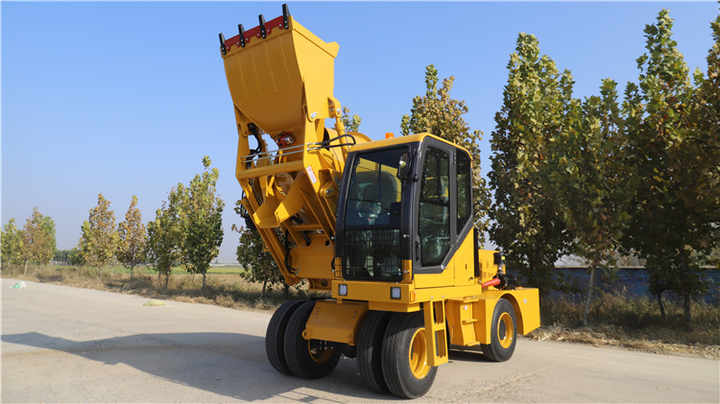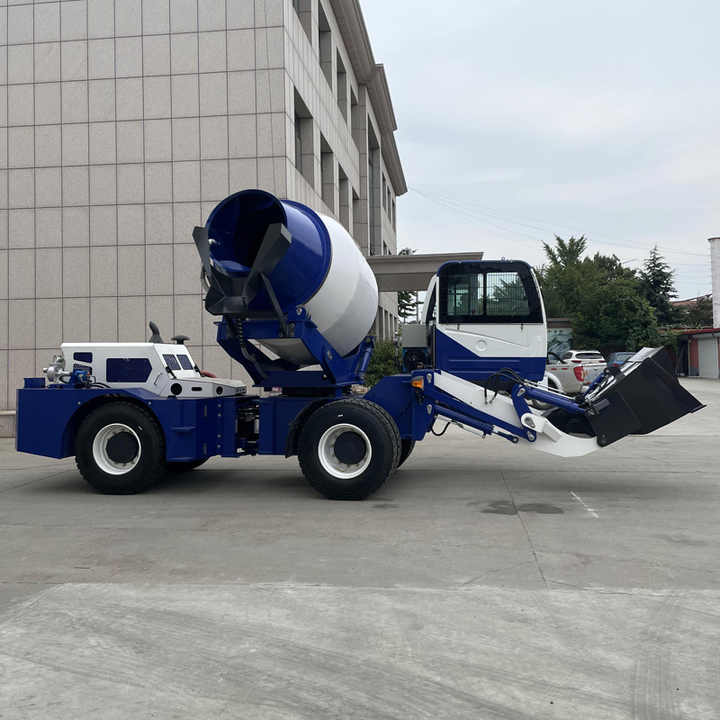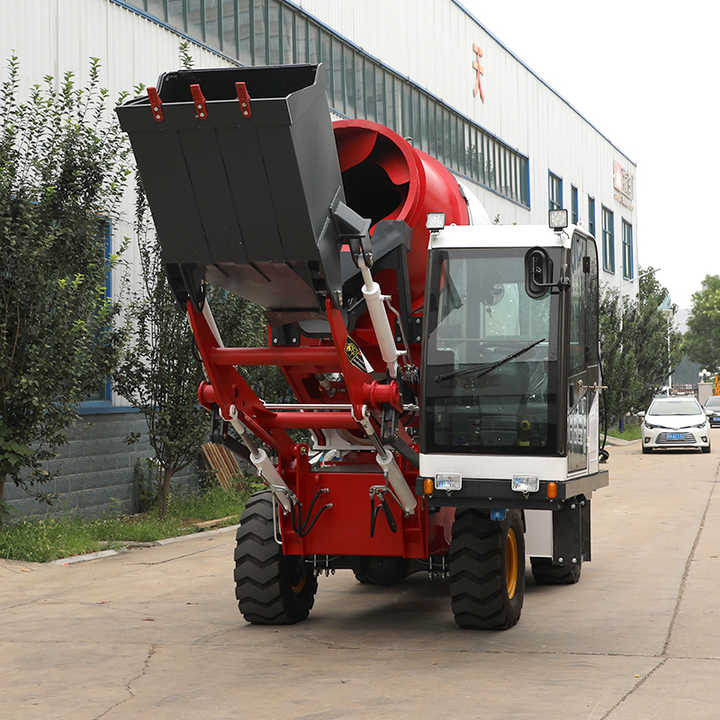Concrete Surface Finishing Machinery: Complete Buyer's Guide
-
Thesis: Selecting the right finishing machinery is crucial for achieving the desired surface quality, durability, and efficiency; understanding the types, features, and selection criteria is essential.
-
Outline:
-
The Finishing Process: Brief overview: Screeding -> Bullfloating -> Edging/Jointing -> Floating -> Troweling -> Brooming/Sealing (as required). Machinery supports key stages.
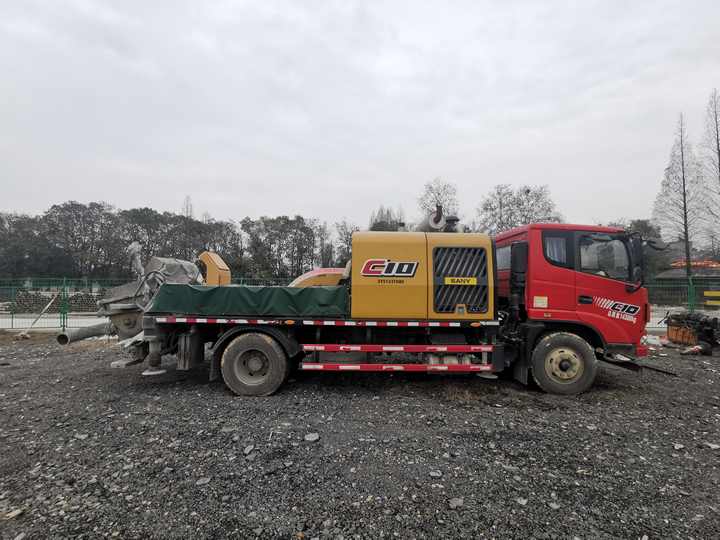
-
Machinery Types & Uses:
-
Screeds:
-
Vibratory Screeds: Manual or motorized. Level and consolidate concrete. Ideal for narrow paths, small slabs. Choose length based on slab width.
-
Laser Screeds: The gold standard for large, flat slabs. Uses laser reference and automated sensors to control a vibrating screed head for perfect flatness/levelness (FF/FL numbers). Essential for warehouses, big-box retail. Major investment.
-
Ride-on Screeds: Combine leveling and initial compaction for larger areas than vibratory, less costly than laser.
-
-
Power Trowels:
-
Walk-behind Trowels: Single or dual rotor. For small/medium slabs (garages, driveways), edges, finishing after ride-ons. Blade diameter (24"-48") key. Choose float pans vs. trowel blades.
-
Ride-on Trowels: Essential for large slabs (>5,000 sq ft). Vastly increase productivity and quality. Types: Conventional (counter-rotating blades), Helicopter (planetary blades for superior finish). Key specs: Blade diameter, HP, weight, maneuverability.
-
-
Specialty Finishers:
-
Power Floats: Walk-behind or ride-on attachments for initial smoothing/bullfloating before troweling.
-
Broom Finishers: Walk-behind or towed for creating non-slip textures.
-
Edgers/Groovers: Walk-behind power tools for clean edges and control joints.
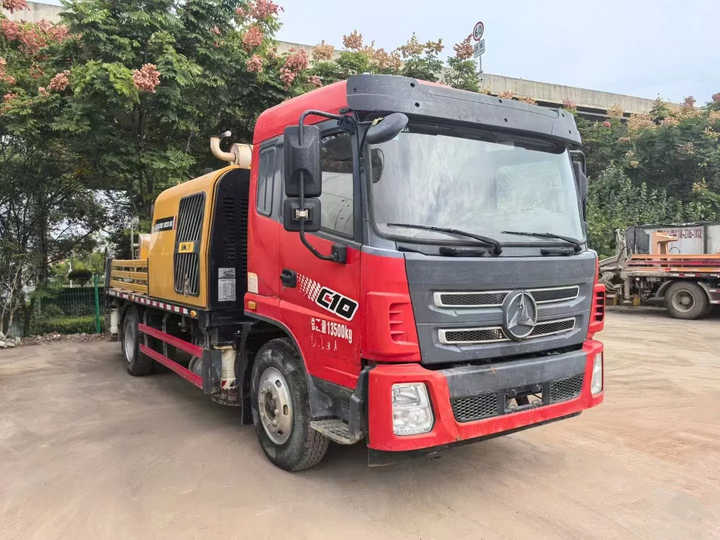
-
-
-
Key Selection Factors:
-
Slab Size & Shape: Dictates need for walk-behind vs ride-on, laser screed necessity.
-
Required Finish Quality: Smoothness (burnished), flatness/levelness tolerances (FF/FL), texture (broomed, exposed aggregate).
-
Concrete Mix & Set Time: Affects timing and number of passes. Fast-set mixes need responsive equipment.
-
Power Source: Gasoline (common), Diesel (larger ride-ons), Electric (emerging, quieter, zero emissions).
-
Features: Blade pitch adjustment, variable speed, ergonomic controls (ride-ons), durability, ease of maintenance, parts availability.
-
Budget: Wide range from basic walk-behinds to high-end laser screeds.
-
-
Blades & Pans: Understanding float pans (aluminum/magnesium) for initial finishing vs. steel trowel blades (multiple stages: L, M, H, XH) for final smoothness. Importance of blade condition.
-
Brand & Dealer Support: Reputation for reliability, parts availability, local service support.
-
Rental vs. Buy: Rent for occasional use or specialized equipment (laser screed). Buy if finishing is a core business activity.
-
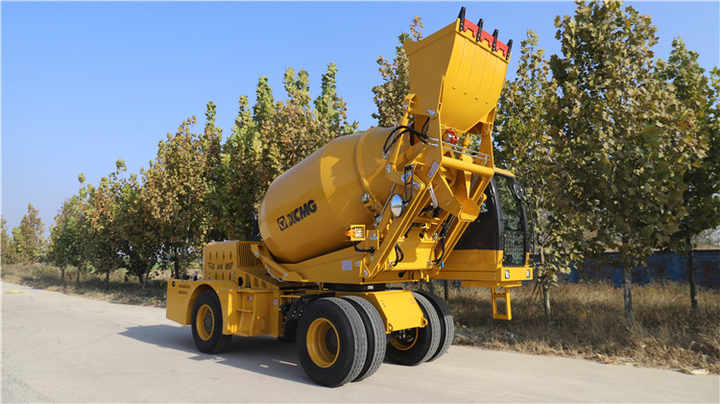 Specifications & Guideline
Specifications & Guideline

